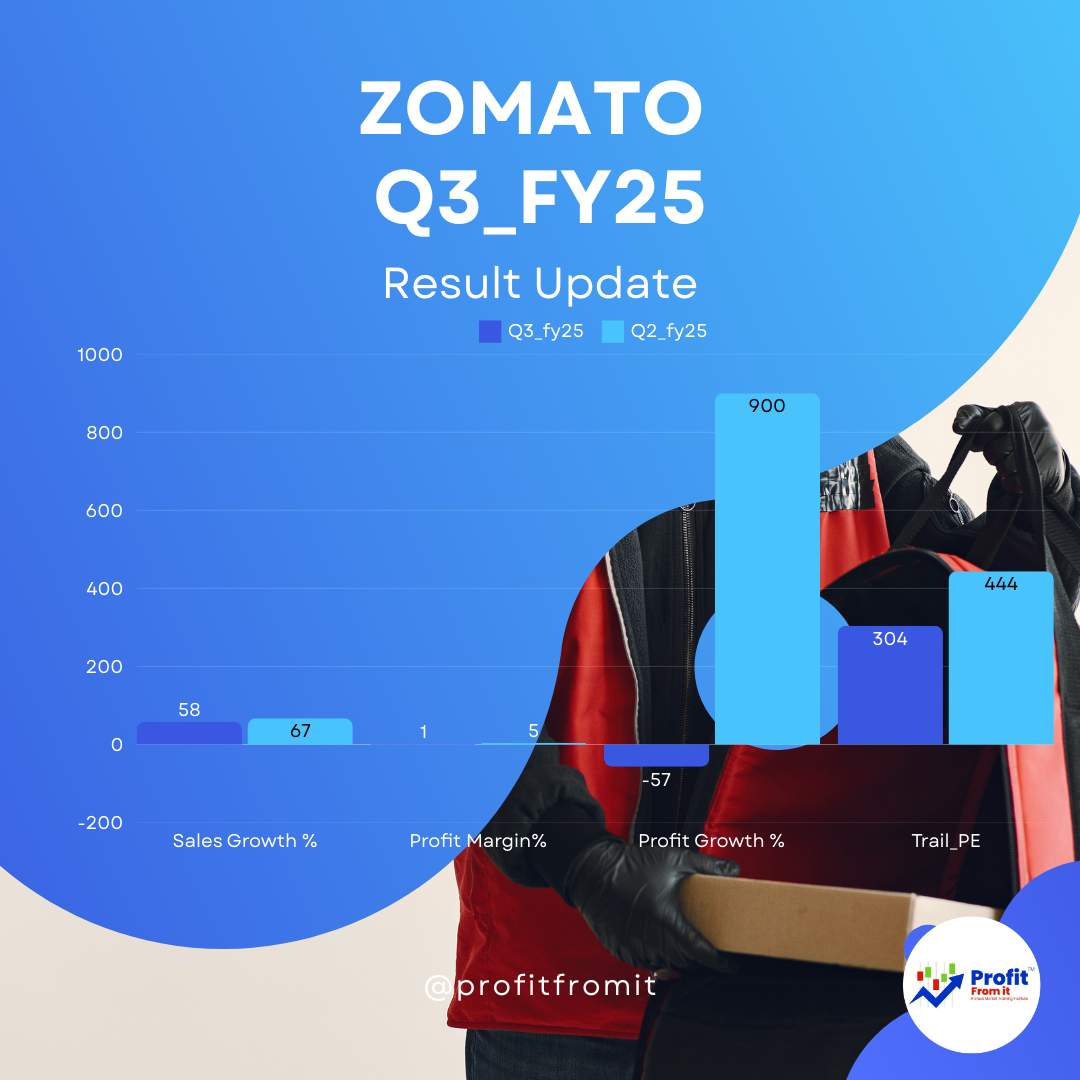
Key Highlights from Maruti Suzuki’s May 2025 Sales Data
Overall Volume Growth: Total May 2025 sales stood at 180,077 units, up 3.2% YoY from 174,551 units in May 2024. On a year-to-date (Apr–May) basis, volumes rose 5.1% to 359,868 units versus 342,640 units last year.
Domestic Passenger Vehicles (PV): May 2025 domestic PV sales declined 5.6% YoY to 135,962 units (144,002 units in May 2024); Apr–May PV volumes were down 2.6% at 274,666 units versus 281,954 units a year ago.
Mini + Compact Cars: Combined segment fell from 78,108 units to 68,278 units (–12.6% YoY); Apr–May segment volumes slid 7.1% to 136,201 units versus 146,580 units. Mini-only models (Alto, S-Presso) were down 31.6% YoY. Compact models (Baleno, Swift, etc.) dipped ~9.9% YoY.
Mid-Size Cars (Ciaz): May volumes dropped to 458 units from 730 units (–37.2% YoY); Apr–May volumes nearly halved to 779 units from 1,597 units.
Utility Vehicles (UV): May 2025 UV sales ticked up to 54,899 units (+1.3% YoY); Apr–May volumes rose 2.8% to 113,921 units versus 110,757 units. Models like Brezza, Fronx, Grand Vitara and Invicto contributed to UV growth.
Vans (Eeco): May 2025 vans sales improved to 12,327 units (+12.5% YoY); Apr–May volumes rose modestly to 23,765 units from 23,020 units.
Light Commercial Vehicles (LCV): The Super Carry LCV recorded 2,728 units in May (vs. 2,692 units), and Apr–May volumes jumped 17.1% to 6,077 units from 5,188 units.
Sales to Other OEMs: Fell slightly to 10,168 units in May (–3.1% YoY), but Apr–May shipments grew 25.2% to 19,995 units versus 15,971 units.
Exports: Stood at 31,219 units in May (a robust +79.8% YoY). On an Apr–May basis, exports jumped 49.6% to 59,130 units versus 39,527 units.
Total Sales (Domestic + Exports): May total was 180,077 units, up 3.2% YoY (174,551 units); Apr–May total volumes grew 5.1% to 359,868 units from 342,640 units.
Trend Analysis & Implications for Q1 FY 2026
1. Passenger Car Segment Under Pressure
Mini & Compact Cars: Both sub‐segments continue to shrink. Mini cars are down ~31% YoY, reflecting a shift away from entry‐level models. Compact cars fell ~10% YoY, showing muted demand despite new launches.
Mid-Size Segment: Ciaz volumes have halved YoY, indicating weakening consumer preference for sedans.
Implication: Given May’s sharp declines, Q1 FY 2026 PV revenue from mini/compact and mid-size is likely to remain under pressure unless June shows a notable rebound. If June volumes are flat or down, Q1 PV sales trends may slip 3–5% YoY, which could weigh on overall realization per vehicle (many entry models have lower ASP).
2. Utility Vehicles & Vans: Bright Spots
UV Growth: UV sales showed steady ~1–3% YoY growth. Since UVs often carry higher ASPs and margins versus smaller cars, this trend should help cushion margin pressure for Q1.
Eeco Vans: Single‐digit volume growth in vans underscores stable commercial demand. Vans typically generate lower margins, but volume growth supports overall utilization at Gurugram and Manesar plants.
Implication: UV momentum will be a key margin lever in Q1. If June continues UV growth, overall PV revenues could hold steady despite passenger car declines.
3. Commercial & Institutional Sales
LCV (Super Carry): With Apr–May volumes up 17%, LCV segment is outpacing last year.
OEM Shipments: After a small drop in May (–3%), Apr–May OEM sales are 25% higher. Rising OEM volumes often reflect healthy demand for small trucks and mid‐size applications.
Implication: Commercial/Institutional volumes are poised to post YoY gains in Q1 FY 2026, helping offset the passenger car slump. Higher LCV/OEM volumes may boost utilization, improving fixed‐cost absorption.
4. Exports: Significant Upside
Exports Surge: May exports soared ~80% YoY and Apr–May is up ~50%. This indicates robust overseas demand, likely driven by models like Swift, Baleno, Brezza or Fronx where Maruti has price competitiveness.
Impact on Q1 Revenue: Greater export volumes should lend positive currency‐adjusted revenue. While margins on exports can vary, the sheer volume surge should underpin Q1 consolidated topline growth by 3–5% YoY, all else equal.
Balanced View: Positive vs. Negative Factors
| Factor | Positive Impact | Negative Impact |
|---|---|---|
| Passenger Cars | – Established model portfolio (Swift, WagonR) may benefit if trend reverses in June. | – Mini/compact & mid-size segments shrinking sharply in Apr–May; could depress ASPs. |
| Utility Vehicles | – UV sales up ~1–3% YoY; UVs carry higher ASP/margins & are core to Maruti’s strategy. | – UV growth pace remains modest; aggressive competitors (Hyundai Creta, Kia Seltos) could limit further share gain. |
| Vans & LCV | – Commercial segments growing (Eeco +12.5%, Super Carry +17% in Apr–May), aiding revenue diversification. | – Lower ASP vs. passenger cars means limited margin cushion. |
| OEM Shipments | – Apr–May OEM volumes up 25%, improving capacity utilization. | – May OEM dip of –3% could signal patchy order book; needs to sustain growth in June. |
| Exports | – +80% YoY in May exports; first two months of Q1 up ~50%, driving topline. | – Currency volatility and global demand cyclicality could pose margin headwinds. |
| Production/Costs | – Higher volumes (exports, UV, LCV) improve fixed‐cost absorption, supporting margins. | – Input costs (steel, semiconductors) remain elevated; any commodity inflation will squeeze margins further. |
| Macro & Competition | – Improving rural demand (benefiting UV, vans); modest easing of raw material costs recently. | – Softening urban demand for small cars; intense competition from Mahindra, Tata, Hyundai in UV & compact segments. |
Q1 FY 2026 Outlook
Volume & Revenue
Estimated Q1 Total Volumes: Based on Apr–May trends (+5% YTD), if June volumes match Apr–May pace, Q1 volumes could grow ~4–6% YoY.
Revenue Mix: Higher export share (~17% of total May sales vs. ~10% last year) will boost consolidated revenue. UV and commercial segments gaining share further bolster average selling price.
Net Effect: Likely modest revenue growth of ~3–5% YoY, despite domestic passenger car slowdown.
Margins & Profitability
Positive Levers:
Export volumes (currency‐hedged margins).
UV/LCV higher‐margin mix.
Improved capacity utilization.
Headwinds:
Tepid mini/compact volumes (lower ASPs).
Potential commodity inflation (e.g., aluminum, steel).
Net Effect: Margin performance in Q1 should be relatively stable—any uptick from exports and improved utilization may be offset by continued rise in input costs and passenger car softness.
Inventory & Channel Trends
Dealers likely hold conservative passenger car inventories, given subdued demand. UV inventory may remain lean, given steady pickup. Channel checks for June will be key: if UV bookings remain robust, Q1 could surprise positively.
Key Risks
Consumer Sentiment: Rural liquidity (monsoon) and urban inflation dynamics. If interest rates stay elevated, two‐wheeler buyers may defer car purchases.
Global Slowdown: Exports are strong now, but any downturn in key export markets (Africa, Latin America) could quickly reverse momentum.
Competitive Intensity: New launches from Hyundai, Tata, Kia and Mahindra in the small & compact segments could further pressure volumes.
Actionable Insights for Investors
Stock Price Catalyst
Positive Triggers: Continued export growth and stable UV momentum in June could drive Q1 surprise. Watch for management commentary on margin outlook in the Q1 analyst call.
Caution Areas: If June domestic PV volumes fall further, revenue guidance may be revised downward. Commodity cost spikes can compress margins—monitor CRU steel and aluminum futures.
Segment Focus
Utility Vehicles: UV remains the most resilient engine for Maruti. A sustained uptick in Brezza, Fronx and Grand Vitara volumes could underpin higher profitability.
Exports: Given the sharp YoY growth, any slowdown or currency headwinds overseas require tracking. Hedging policy disclosures in the earnings report will be important for investors.
Valuation Considerations
Current P/E multiples likely factor in moderate growth. If Q1 margins remain stable despite passenger car weakness, earnings estimates for FY 2026 may need a modest upgrade. Conversely, a surprise drop in June volumes could lead to re‐rating.
Conclusion
Maruti Suzuki’s May 2025 data presents a mixed picture: domestic passenger car demand remains under pressure (mini, compact, mid‐size segments falling), yet UV, commercial and exports are providing offsetting strength. For Q1 FY 2026, investors should anticipate overall revenue growth of ~3–5% YoY, driven largely by exports (+50% YTD) and UV/LCV expansion. Margins are expected to be broadly stable, though input‐cost volatility and passenger car slump pose headwinds.In a balanced, unbiased view, if June volumes align with Apr–May trends—particularly continued export and UV traction—Maruti may report a slightly positive Q1. However, any sharp domestic downturn or commodity cost spike could temper upside. Investors should watch management guidance, particularly around margin outlook, commodity hedges, and inventory levels, before making major portfolio adjustments.
Disclaimer
This content is for educational purposes only and does not constitute investment advice or a recommendation to buy or sell any securities. Investors should conduct their own research.



 for Investors The provided chart outlines key metrics for Nifty 500 companies across different periods (FY22 t.png)





